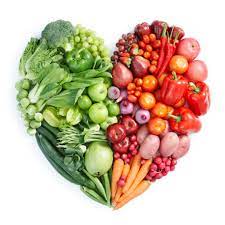
You do not have to spend a fortune when buying healthy food! There are so many of them crazy expensive, but you can find so many while living with a lower budget. You do not have to go to a fancy store. You will find them in any supermarket or your local store. There are a lot of products that taste great, give expressiveness to dishes, and their value is second to none. And by the way – we pass them on the shelves in every store Check which products will not ruin your budget and at the same time provide your body with all the nutrients it needs. Well, trust me, eating healthy does not have to break your bank!!!

Oat

Oatmeal is one of the cheapest ways to have a healthy breakfast. It contains many valuable nutrients, such as protein and fiber, and is also low in calories. One serving of oatmeal contains only 150 calories. You can buy oatmeal in large bags. It will be cheaper than if you were to buy small packages designed to prepare a one-time breakfast. Also, be careful with the additives. Many kinds of cereal contain traces of dried fruit or nuts, which increase the number of calories.
Frozen veggie mix
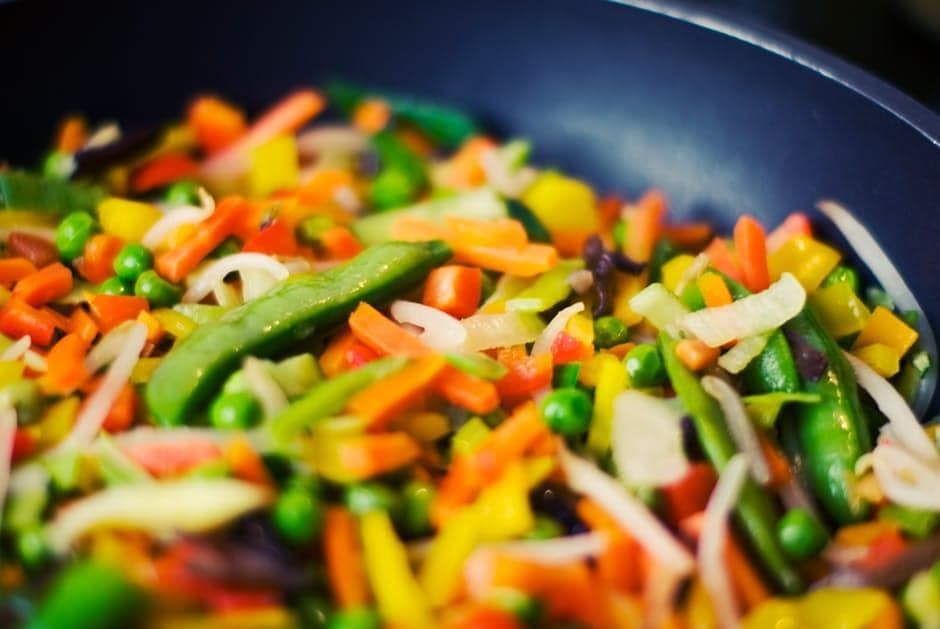
Frozen vegetable mixes are an excellent alternative to fresh vegetables. There are usually about seven different vegetables in one bag. Thanks to this, you can prepare a colorful and tasty meal and provide the body with valuable nutrients. If you wanted to buy all of these vegetables separately, you would have spent much more. Frozen vegetables are just as valuable as fresh ones. You can add them to soups, salads, or second courses. Just remember to choose mixtures that do not contain artificial additives.
Tomatoes
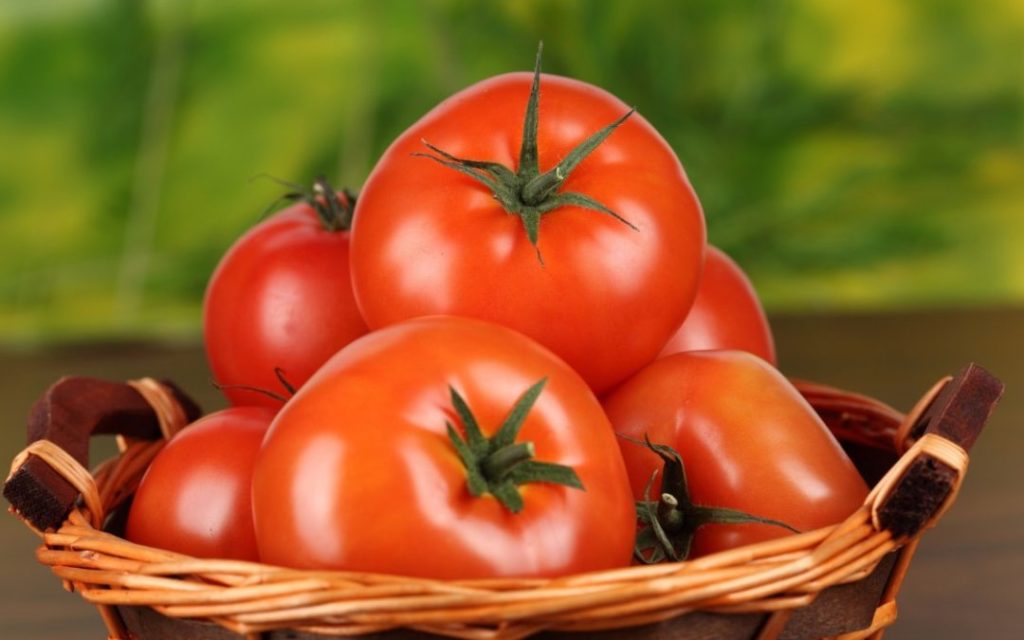
In spring and summer, access to fresh, tomatoes of various varieties is so easy that it would be a sin to use canned tomatoes. They cost little and go well with a multitude of dishes. They contain a lot of fiber, vitamins, lycopene, beta-carotene, potassium, and other nutrients that will make us feel fantastic!
Green cucumbers

Available practically all year round at various prices. They contain water, but also vitamins B, C, K, and important minerals. Perfect raw, for salads or… as a brightening and moisturizing face mask!
Cottage Cheese
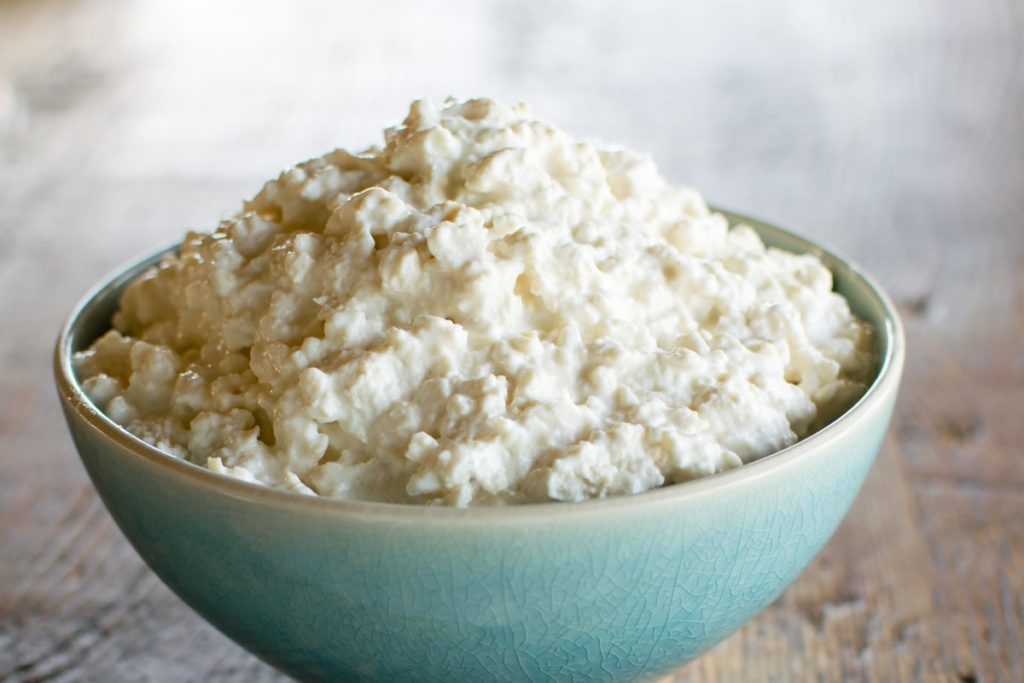
A 16-ounce container of cottage cheese typically costs less than $2, so it is affordable and very healthy food to include in your diet. Cottage cheese is a major source of protein, providing fourteen grams per one-half cup, which is about 28% of your daily need and may help appetite control and weight maintenance. In addition, it contains a variety of other nutrients, including calcium and phosphorus, which are known for playing a key role in bone health. You can enjoy cottage cheese as a delicious snack. It tastes great when combined with fruit and is often added to salads.
Fruits

Fresh fruit is very healthy, but it costs a lot, especially if you want to eat it every day. Remember, however, that apples, bananas, and oranges are wallet-friendly fruits. You can often buy bananas at a bargain price. Choose the green ones, unripe, and they will be edible for about a week. If they start to soften and turn black, put them in a bag and put them in the freezer. You can add frozen bananas to smoothies, porridge, or pancakes. Also, remember about oranges and apples. They are much loved by children and stay fresh longer than other fruits.
Groats
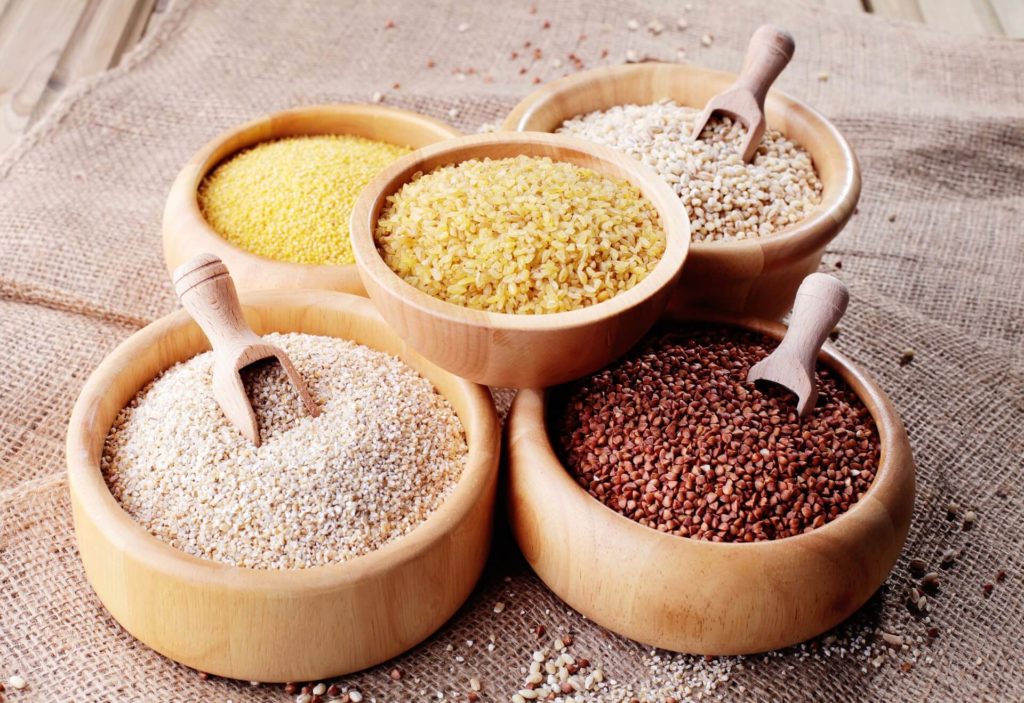
These one of the most traditional ingredients of Polish cuisine are also a mine of nutritional values. Depending on what grains it is produced from and how fragmented it is, we can find many types of it. The groats contain complex carbohydrates, a lot of fiber, and B vitamins (including folic acid). We also find magnesium, phosphorus, and zinc in it. Buckwheat is the most popular groats. Another commonly used groats are barley. Since it is quite firm even when cooked, it will be a good addition to salads. Very healthy, although often underestimated, is millet made from millet. In addition to the aforementioned minerals, it contains a lot of easily digestible protein and a lot of iron. In addition, it contains substances that improve our immunity and fight microbes, which is why it is a magnificent home remedy for colds.
Kefir
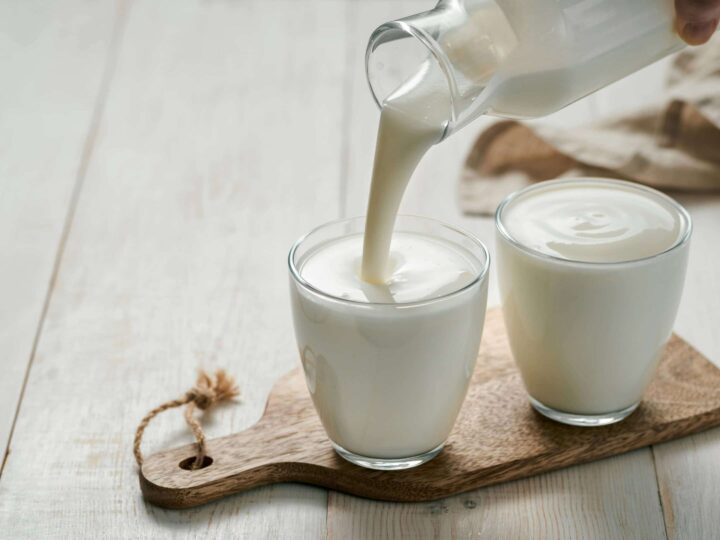
Drinking kefir has a positive effect on the functioning of the digestive system. Kefir contains many valuable probiotic bacteria that improve intestinal flora.
100 g of kefir contains approximately 51 kcal, 3.6 g of protein, 1.8 g of fat, and 5 g of carbohydrates.
Lentils

Lentils are the queen of legumes. It contains many valuable nutrients, such as fiber, proteins, folic acid, iron, potassium, and many other minerals. Additionally, it is very cheap and easy to prepare. It does not need to be soaked in advance and is cooked quickly.
Broccoli

You can buy them all year round, but the season for them is late autumn. It is a fun time because it is hard to find fresh vegetables and fruits. You only need a few parts to diversify a delicious casserole or add to a pasta dish. Broccoli is full of iron, vitamins, and antioxidants – eat it healthily, but in moderation. They should not be consumed by people suffering from hypothyroidism and gastric problems, because they cause flatulence.
Chicken Breast
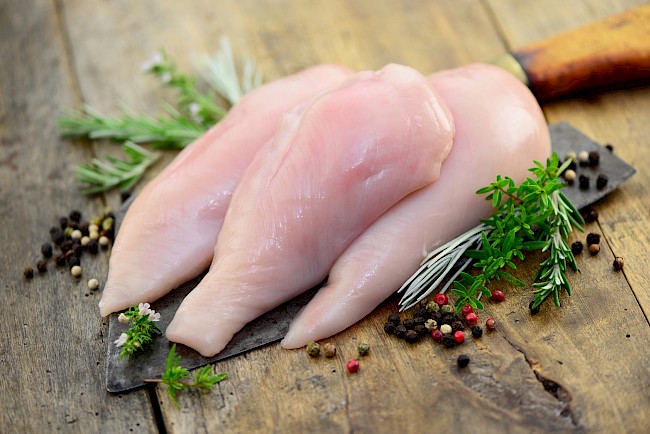
At a low price of $3–4 a pound, chicken breast is an excellent healthy and protein-rich food to eat when you are on a budget. In half a chicken breast, there are twenty-seven grams of high-quality protein, meaning that it contains all of the essential amino acids that your body needs. Chicken breast also contains considerable amounts of important vitamins and minerals, such as niacin, vitamin B6, phosphorus, magnesium, and selenium.

Beans, lentils, peas, and chickpeas are real protein mines. Together with cereal products, such as the aforementioned groats, they provide us with a complete set of essential amino acids, constituting an indispensable element of a vegetarian diet. All legumes contain substantial amounts of phosphorus, potassium, magnesium, iron, and zinc. Chickpeas are a rich source of folate and fiber. Lentils contain iron and potassium. It lowers the level of total cholesterol. On the other hand, soy prevents the formation of atherosclerosis in large blood vessels. Peas have a gentle laxative effect. Beans are the treasury of magnesium and calcium. The mung variety has an additional cleansing and detoxifying effect.
In the store, legumes are available either as canned or dry seeds. Of course, it is better to reach for the latter, because they have more nutrients, but we have to plan the day before cooking them because most of them require soaking. It is best to pour water over them and leave them overnight.
Salmon in the can
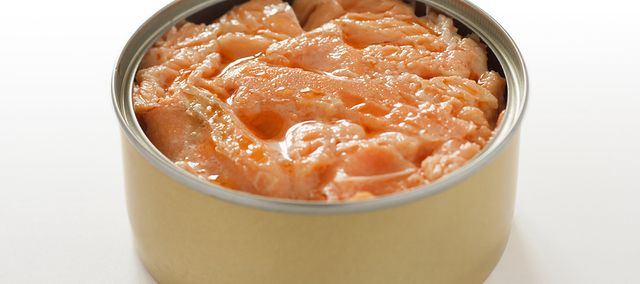
Omega-3 fatty acids are very important for the proper functioning of our body. They are contained in many fish – but their prices are often very high. The cheapest way to provide your body with omega-3 fatty acids in canned salmon. Plus, you do not have to worry about removing the bones.
Brown rice

Supports the work of the liver, strengthens immunity, and delays the aging process. It also has a lot of fiber – much more than white rice.
Mackerel
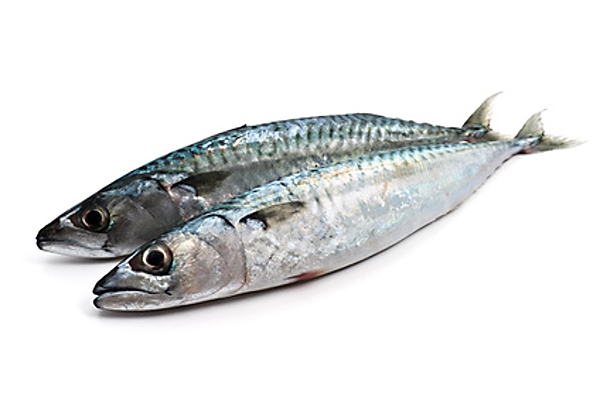
It is a source of valuable omega-3 fatty acids, which have a strong anti-inflammatory effect. You can have it asa fresh one, smoked or even in tomato sauce, canned. All is good.

Whether in-season or off-season – it costs little, and a small amount added raw or fried gives the dishes the right flavor. Onion is rich in antioxidants and has strong bactericidal properties, and also contains a lot of magnesium, potassium, and vitamins. Do not feel sorry for it – just brush your teeth more often after the onion meals!

We can add them to porridge, salad, cottage cheese, yogurt, or any type of sauce. The neutral taste will not affect the overall taste of the dish, and its properties will increase the health benefits of each dish. Remember to grind the seeds before eating. Then the nutrients contained in them will be easier to digest. Flaxseed contains omega three fatty acids, phytosterols, and vitamin E. It has a coating and protective effect on the mucosa lining our digestive system. It lowers the level of total cholesterol, lipids, and blood sugar. Some studies also indicate the anti-cancer effect of linseed.
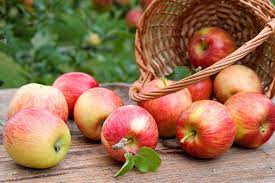
It is said that one apple a day can keep you away from doctors. Indeed, there is something to it. Apples are full of pectin’s, i.e., fiber, and vitamins. They can be prepared in many different ways. The season for the best Polish apples lasts all autumn and winter, but you can also get the best apples from Polish farmers in spring and summer.
Spinach

The fresh one is of course the best for stewing. In low season, it is also easy to get in a frozen form – It is rich in vitamin C, antioxidants, vitamin K and folic acid.
Peanut butter

Peanut butter is a source of protein as well as heart-friendly fats, vitamin E, and B vitamins. Of course, it is also high in calories, so be careful and eat no more than two teaspoons a day. It is best to choose natural peanut butter without any additives.
Carrot

First of all, it is a treasury of antioxidant carotenoids. It contains the most beta carotene, which improves the color of our skin, but also influences the proper functioning of the eyesight and protects against the development of many cancers. Another compound important for the prevention of cancer present in carrots is retinoic acid, which scientists have proven has a preventive effect in diseases such as prostate cancer, oral cancer, and bladder cancer. Like cabbage, carrots are a low-calorie product (approx. 30 kcal / 100 g). Approx. 10% of its composition consists of carbohydrates and less than 3% of fiber. When it comes to minerals, it contains the most potassium, which is quite a reliable source of it.
Beetroot

They are packed with antioxidants to protect you from cancer and slow you down. They are also perfect for people who train intensively – they help deliver more oxygen to the muscles and thus increase their blood supply and efficiency. You just need to love the sweet taste of beetroot and eat it as often as possible!
Fat-free yogurt
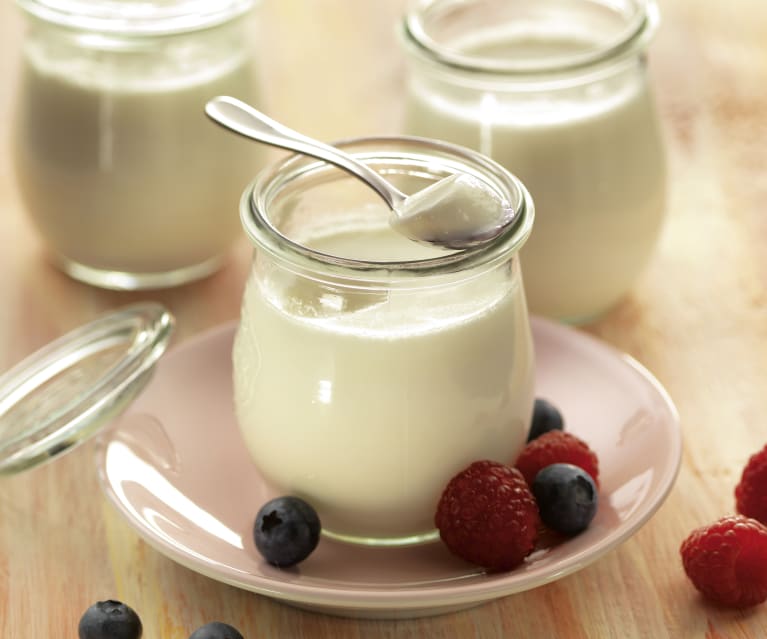
Fat-free yogurt is rich in protein and calcium. If your family members are fans of dairy products, consider buying yogurts in larger packages. You will save on it.
Sweet potatoes
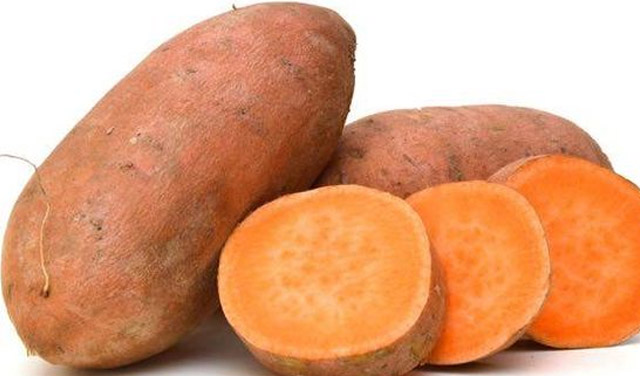
Try to replace regular potatoes with sweet potatoes, which are also a valuable source of potassium, but provide more fiber, vitamin C, and beta-carotene.
Eggs

The eggs contain a standard, wholesome protein. A wholesome protein is a protein that contains all the essential amino acids. Eggs are also a fossil record of vitamins and minerals – including vitamins D, B6, B12, selenium, zinc, and copper.
One medium egg weighs about 50 g and has 71 kcal, 6.4 g of protein, 4.9 g of fat (of which only 1.5 g of saturated fat), and 0.3 g of carbohydrates.
Eggs are products that can be prepared in many ways, so eating them will never be boring. You can make scrambled eggs or Shakshuka with any toppings, sweet or dry omelet. In addition, they can be served hard, soft, T-shirt or fried. Eggs have a shelf life of 3 weeks when refrigerated. You will pay more for eggs from organic farms.
Green cabbage

It has been present on Polish tables for centuries, both raw, cooked, and pickled. Each of these forms has its health benefits. Cabbage is low in calories (about 40kcal / 100g). Very rich in vitamins K, B, C, and glucosinolates. It contains a lot of vitamin C, B vitamins, and potassium, of course, depending on its type. This vegetable, thanks to the sulfur contained in it, will improve the appearance of our hair, nails, and skin. In addition, it contains a lot of potassium, which is why it is a must-have item on the menu of every sportsperson and those struggling with the problem of arterial hypertension. Sauerkraut also contains lactic acid, which cleans our digestive tract of putrefying bacteria. Cabbage is also a rich source of antioxidants. The red version is leading here. On the other hand, the advantage of Napa cabbage is its extremely low calorific value (12 kcal / 100g).
Butternut Squash

Butternut squash is a nutrient-dense option to include in your diet, and it is quite affordable. Compared to other winter squash varieties, butternut squash provides a higher amount of nutrients. One cup contains 298% of the RDI for vitamin A, 49% for vitamin C, 14% for potassium, and 12% for magnesium. Furthermore, it is an especially rich source of soluble fiber and antioxidants, which provide many health benefits, including weight control and a reduced risk of heart disease
Berries

Berries are probably the healthiest fruits. They have a lot of antioxidants, they can lower blood pressure, neutralize free radicals that contribute to disease and aging of the body, improve the work of the brain and eyesight, and are a natural antidepressant.

Garlic does not smell good, but it is worth including in your diet because it contains a lot of antioxidants that support the heart, reduce the risk of certain types of cancer and improve memory. It is one of the most powerful natural antibiotics.

Those groundnuts are very easily available, full of protein, so they will be the perfect snack that will positively affect your health.
Bananas

Bananas contain B vitamins, vitamin C and vitamin E. Bananas are an excellent source of phosphorus, magnesium, calcium, and potassium, which lower blood pressure and reduce the risk of a heart attack. It is worth taking a closer look at the glycemic index of bananas. These products have a high index, which means that when consumed, blood glucose levels rise rapidly. Therefore, they can provide a quick boost of energy after training. One medium banana, after peeling, weighs about 120 g and provides 116 calories (and as much as 2 g of fiber).
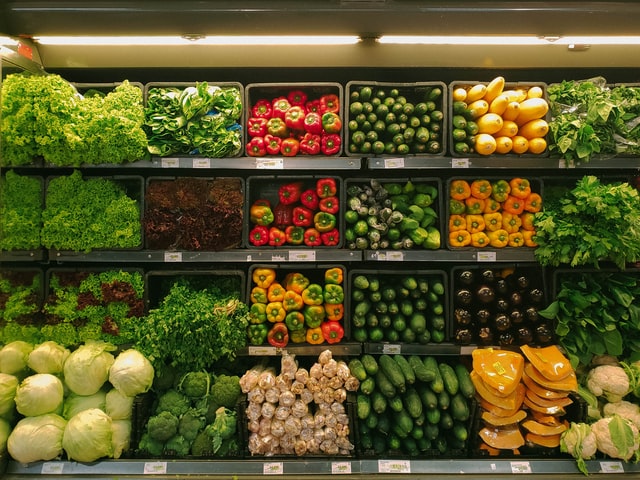



Nice write up can we fellow each other please
yes, of course